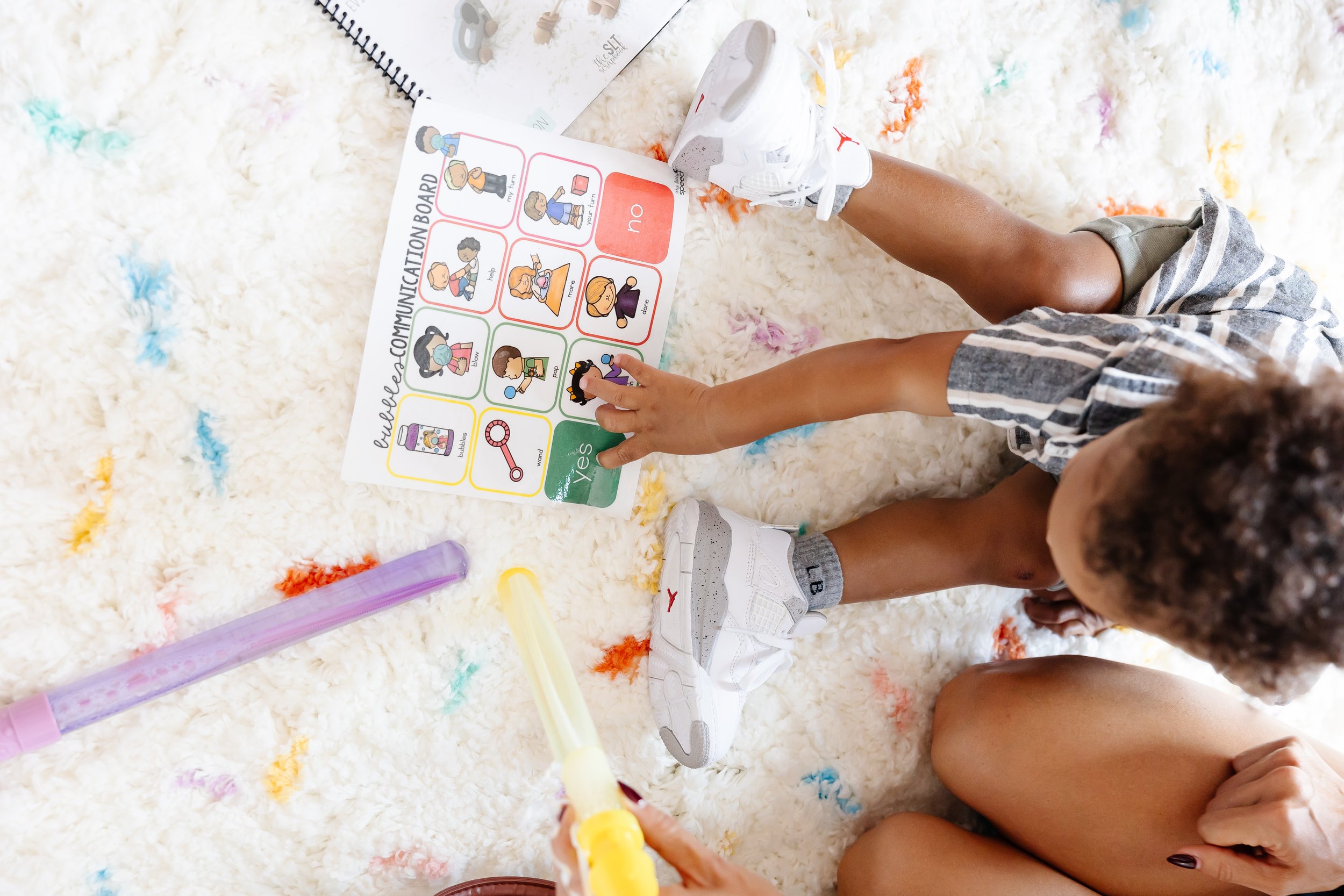
At Breathe Eat Sleep Talk, we’re dedicated to helping individuals of all ages in Phoenix, Arizona, find their voice and improve their communication skills. Discover how our expert Speech-Language Pathologists can make a difference in your life today— so you can be your BEST.
I have found my calling in life as a Speech-Language Pathologist, helping people find their way with words, and fine tuning the way they communicate and speak.

The difference between Speech & Language
-
Speech- The verbal means of communicating that include the following:
Articulation
How speech sounds are made (e.g., children must learn how to produce the "r" sound in order to say "rabbit" instead of "wabbit").
Phonological Processes/ Patterns
All humans use patterns of sounds to communicate. When first learning to speak, some of these patterns are in error (and this is typical up to a point). Sometimes children continue use of phonological process errors, indicating a phonological speech delay. These patterns of errors can be language errors, since the sounds carry meaning.
Voice
Use of the vocal folds and breathing to produce sound (e.g., the voice can be abused from overuse or misuse and can lead to hoarseness or loss of voice).
Fluency
The rhythm of speech (e.g., hesitations or stuttering can affect fluency).
When a person has trouble understanding others (receptive language), or sharing thoughts, ideas, and feelings completely (expressive language), then he or she has a language disorder.
When a person is unable to produce speech sounds correctly or fluently, or has problems with his or her voice, then he or she has a speech disorder.
-
Language- socially shared rules the include the following:
What words mean (e.g., "star" can refer to a bright object in the night sky or a celebrity) How to make new words (e.g., friend, friendly, unfriendly)
The UNDERSTANDING of what is being spoken or shown to an individual, this is receptive language.
Expressive language is the sounds, words, sentences made by an individual. This includes verbal and non-verbal means.
How to put words together (e.g., "Peg walked to the new store" rather than "Peg walk store new")
What word combinations are best in what situations ("Would you mind moving your foot?" could quickly change to "Get off my foot, please!" if the first request did not produce results)
Language and speech disorders can exist together or individually. The problem can be mild or severe.
Language also includes non-verbal means, such as sign language, gestures, actions, or use of Augmentative and Alternative Communication (AAC) such as picture exchange (PECS), picture choices, and/ or a communication device.



